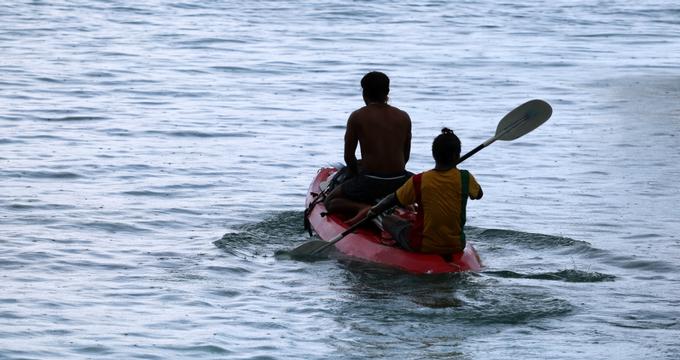Jane’s Island State Park, located near Crisfield on Maryland’s Eastern Shore, is a haven for paddlers, nature lovers, and outdoor enthusiasts. With over 2,900 acres of salt marsh, 30 miles of water trails, and secluded beaches accessible only by boat, the park blends rich history with pristine coastal wilderness.
I Find This is Great For:
Nature Lovers: Salt marshes, birdwatching, and untouched beaches.
Kayakers and Canoeists: Over 30 miles of calm, well-marked water trails.
Families and Groups: Cabins, campgrounds, picnic areas, and playgrounds.
Outdoor Explorers: Fishing, swimming, hiking, crabbing, and backcountry camping.
What to Expect
- 30+ miles of paddling trails through protected salt marsh and coastal habitats.
- Secluded beaches accessible by boat with opportunities for swimming and camping.
- Historical insights: Home to Paleoindians, the Annemessex Nation, and 19th-century watermen.
- Park Store, Marina, Nature Center, and birdwatching tower.
Water Activities
- Kayaking & Canoeing: Rentals available late April through mid-October at the Park Store.
- Water Trails: Ideal for all levels, with quiet, wind-sheltered routes listed by the American Canoe Association.
- Boating: Launch ramp and slips for campers, Maryland Clean Marina certified.
- Fishing & Crabbing: On-site fish cleaning station; Chesapeake Bay fishing license required.
Land Activities
- Bird Watching: Observation tower and species checklists available.
- Picnicking: Grills, picnic tables, volleyball courts, and pavilions for rent.
- Nature Center: Exhibits and seasonal programs for all ages.
Camping & Lodging
- Cabins: Four modern log cabins (sleeps 6) with fireplaces, kitchens, AC/heat. Bedding not provided.
- Camper Cabins: Sleeps 4, with temperature control and rustic charm.
- Campsites: 100+ tent/RV sites, half with electrical hookups, picnic tables, fire rings, and pads.
- Amenities: Three bathhouses with showers and coin-operated laundry facilities.
Special Facilities
- Daugherty Creek Conference Center: Available for daily/overnight rentals, with a full kitchen, screened porch, grill, and meeting space.
- Overnight Capacity: Accommodations for up to 16 people in a lodge-style setting.
Visitor Tips
- Hours: Open daily, sunrise to sunset; extended access for fishing and hunting with permits.
- Bring your own linens: If staying in cabins.
- Check tides and weather: Before paddling through marshland routes.
- Reservations: Recommended for cabins, campsites, and conference facilities.
Contact Information
Address: Jane’s Island State Park, 26280 Alfred J. Lawson Drive, Crisfield, MD 21817
Phone: 410-968-1565
Website: dnr.maryland.gov/publiclands
Plan Your Trip


